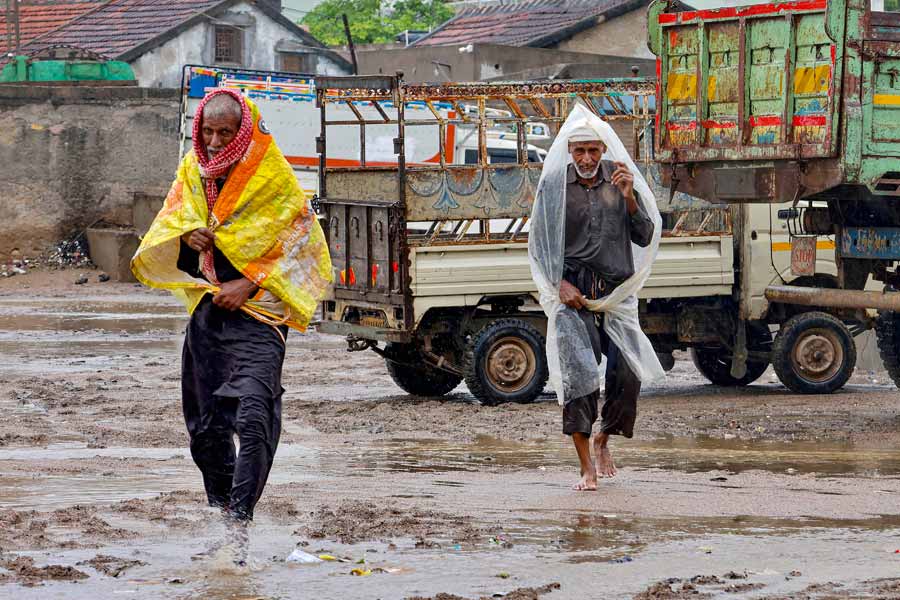A Bill Gates-backed SCoPEx project to send up balloons into the atmosphere to test how calcium carbonate interacts with the environment suffered a setback because of opposition from indigenous peoples’ groups. Is it just fear of the unknown that drives those who protest against such ambitious efforts to manage climate change? Are the activists and conscientious citizens who question solar geo-engineering or the trials of genetically modified seeds afflicted by a paranoia that prevents humanity from benefitting from the fruits of science?
Not really. In most cases, the naysayers are guided by the ‘Precautionary Principle’, which aims to put a check on actions where the risk of harm is scientifically plausible but uncertain. To take climate geo-engineering as an example, British meteorologists concluded that injecting light reflecting particles above the northern hemisphere could cause severe drought in the Sahel region of North Africa. Similarly, several red flags have been raised about the long-term health impacts of GM food.
The PP is a useful regulatory tool that can check dangerous experiments in situations of scientific uncertainty while spurring the search for alternatives. The roots of this approach towards managing human action have been traced back to Aristotle’s Nicomachean Ethics and the phrase, ‘prevention is better than cure’, attributed to the Renaissance scholar, Desiderius Erasmus.
Clearer articulations of the PP in the context of its use in health, safety, and sustainability began to appear in the latter half of the twentieth century. Beginning with the German form, Vorsorgeprinzip, and its application in a clean air law (1974), it has also appeared in the North Sea Treaties and in several international and regional documents like the Rio Declaration, the Biosafety Protocol, among others. Today, there are numerous policies, legislation and treaties where the principle has been enshrined but the force of its imperative varies.
One of the modern working definitions of the PP requires that “When human activities may lead to morally unacceptable harm that is scientifically plausible but uncertain, actions shall be taken to avoid or diminish that harm.” It is on the basis of this force of the imperative to reduce harm, the strength or weakness of a positive imperative, its application in situations with or without the possibility of absolute ruin, that the PP has been categorised as positive or negative, strong positive or weak positive, and non-naïve or naive, respectively. Robust versions of precaution also transfer the `burden of proof’ that a new action will not lead to possible harm of the promoters of new technologies.
Some have argued that the PP is unnecessarily restrictive, it kills off innovation, and it suffers from self-defeating incoherence. In Laws of Fear, Cass R. Sunstein says, “... the Precautionary Principle forbids action, inaction, and everything in between.” His argument is that if we stop nuclear power production because of a strong PP, we will fall back on climate-damaging fossil fuels. What these criticisms often overlook is the existence of alternatives, like the adoption of renewables in the case of energy. Elsewhere, Nassim Nicholas Taleb and others, arguing for the application of a strong PP to limit GM crops, contend that if the distribution of probable outcomes arising out of an action is `fat-tailed’, then the PP needs to be applied. In a fat-tailed distribution, there exists alongside positive outcomes the possibility of negative outcomes of very low probability which can cause infinite and unbounded harm. As long as the probability of such a ruinous event is not zero, the PP needs to be applied.
It has been argued that actions with possibilities of disasters that are expected to remain bounded don’t warrant the application of the PP. But the Covid pandemic demonstrated that since the boundaries in a connected world are fluid, the possibility that a disaster will be ‘bounded’ should not be reason enough to not apply a strong version of the PP. This is how policy and practice around the PP should be guided.
Rajat Chaudhuri is a writer and climate activist










